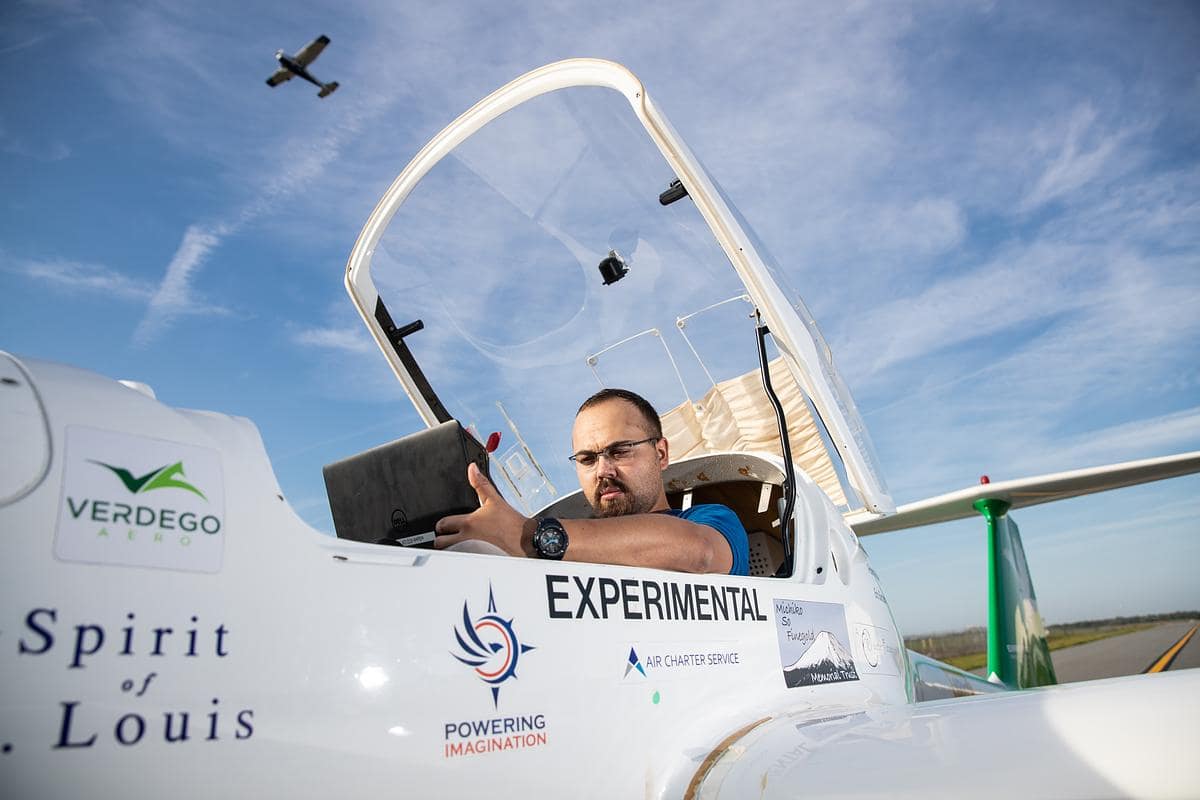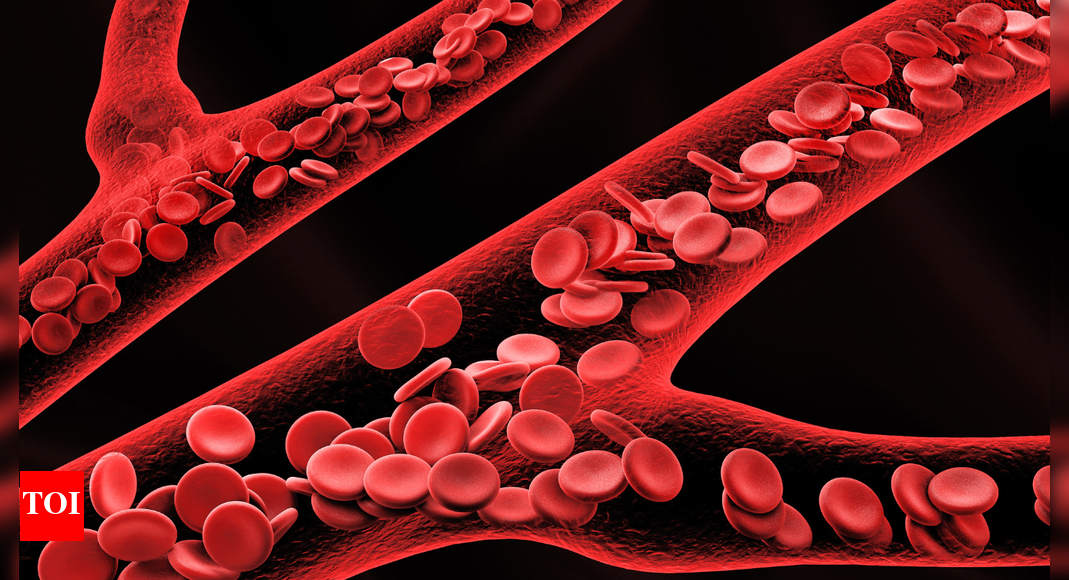Researchers at Embry-Riddle Aeronautical University and Brazil’s Instituto Tecnológico de Aeronáutica (ITA) will combine forces on one of the main challenges of electric aircraft — controlling the heat spikes they generate at takeoff.
The collaboration is supported by a $450,000 National Science Foundation International Research Experiences for Students (NSF IRES) grant.
“Both sides have been working on the heat management challenge, so there are some real synergies,” said Dr. Sandra Boetcher, the interim department chair and professor of Mechanical Engineering and principal investigator on the project. Boetcher is working with co-principal investigator Dr. Mark Ricklick, associate professor of Aerospace Engineering, as well as Brazilian colleagues Dr. Guilherme Borges Ribeiro and Dr. Elisan dos Santos Magalhães.
The collaboration is intended to offer hands-on research training to students, preparing them to tackle the issue of heat management on electric aircraft, considered key to reducing the aviation industry’s carbon footprint. The project will involve three cohorts of five Embry-Riddle students over the next three years spending eight to ten weeks between May and August in Brazil at ITA.
Boetcher said the heat management research that she and Ricklick undertake tends to be fundamental, developing prototypes, for example, that can be further tested. Similar research out of ITA, which is affiliated with the Brazilian Air Force and the Brazilian multinational aerospace corporation Embraer, tends to be applied.
One of the main technologies the researchers from both countries are exploring relates to phase-change materials, which convert from a solid to a liquid at certain temperatures and are capable of absorbing large amounts of heat during the process.
Drs. Sandra Boetcher and Mark Ricklick, standing in front of an aircraft turbine, received a $450,000 NSF grant to offer a student research collaboration with Brazilian colleagues on heat management of electric aircraft. (Photo: Sandra Boetcher)In a phase-change process, energy, in this case heat, is expended on overcoming the molecular forces holding a solid structure together, changing the material to a liquid. No temperature rise occurs during the change. This happens in everyday phase changes, Boetcher explained.
“It’s like you’re melting an ice cube,” she said. “The ice cube is melting, but the temperature stays the same,” until the ice cube becomes water and the water’s temperature starts to climb.
The phase-change materials being investigated by the researchers capitalize on the phenomenon and can be applied as a slab under an aircraft’s electrical circuit to keep it under a certain temperature.
Modeling to optimize the performance of phase-change materials with computer simulations can be time-consuming, with computational fluid dynamics problems taking as long as two weeks to solve.
Magalhães brings coding expertise that could “speed up the process of solving the problem,” Boetcher said.
The researchers will also look at other technologies to manage heat in electric aircraft, including ones that could provide active cooling rather than passive heat absorption.
Boetcher said she thinks the students who travel to Brazil will benefit deeply, even apart from participating in the technological innovations that could result.
“It’s dealing with other cultures, with other collaborators, how they view things, how they operate, how they work,” she said. “There’s a lot of maturing when you get to have these opportunities abroad.”
Dr. Jeremy Ernst, vice president for research and doctoral programs, further emphasized the value of the collaboration.
“The IRES program is impactful in creating research exposure and authentic international experience,” Ernst said. “The work led by Dr. Boetcher and Dr. Ricklick is of high value to students, offering enhanced cultural immersion in Brazil within its rich aviation and aerospace environment. This experience allows students to develop skills that are directly transferable to the global workforce.”









